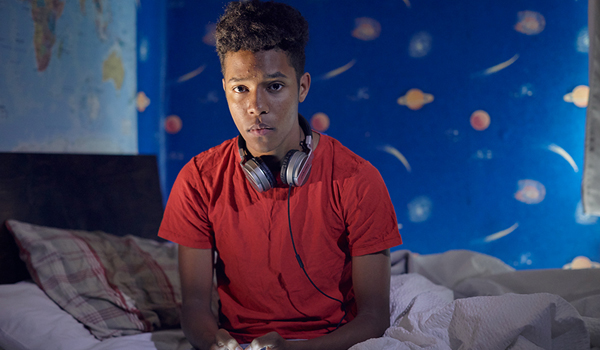Smarter policing
As the mobile revolution gathers pace and the police service looks to a
future implementation of a single mobile device that offers convergence
between current police communications equipment and meets all voice and
data requirements, there are concerns that the more immediate need for
a submissions policy to embrace the phenomenon of mobile device
recording and multimedia evidence is being overlooked.

As the mobile revolution gathers pace and the police service looks to a future implementation of a single mobile device that offers convergence between current police communications equipment and meets all voice and data requirements, there are concerns that the more immediate need for a submissions policy to embrace the phenomenon of mobile device recording and multimedia evidence is being overlooked.
Latest figures suggest that there are over 40 million mobile phones in the UK, enough for two-thirds of the population. The vast majority of these devices have the facility to record photographs, video footage and sound yet most police services in the UK have no established and communicated process for acquiring data held on a citizens mobile phone, says an independent poll commissioned by the public safety division of communications and information management specialists NICE Systems.
In a survey of the command and control centres of the 52 police services and constabularies in the UK, NICE Systems asked each of them the question: If a member of the public had potential evidence relating to a crime on their mobile phone, what would be the procedure for submitting the information?
Of all the calls completed only three services were able to offer the citizen a specific procedure regarding how they are able to accept files from mobile phones, or other mobile devices such as a personal digital assistant (PDA), said Jamie Wilson, marketing manager of public safety, EMEA, at NICE Systems. Typically, the overall response given was that the evidence must be physically presented by the owner of the device at a local station and depending on its content the device would then need to be confiscated from the owner.
However, when in the midst of a new investigation, or major incident, time (especially the first several hours) is critical to a successful resolution. Getting access to valid evidence from all media sources quickly and being able to store and manage this massive influx of information can make the difference between success and failure.
Mr Wilson added: It is a phenomenon of recent years that breaking stories, such as the fires that ravaged Australia, or the Hudson [River] plane crash, are first broadcast on television using footage shot by passers-by on their mobile phone. It would appear to be the first instinct of the 21st century citizen to get out their mobile device and capture events as a crisis unfolds. If harnessed, this visual and audio record could prove to be of real significance for incident investigation and management.
Yet, there is a real need for police services up and down the country to recognise and acknowledge the inherent value of access to timely footage captured on mobile phones in the incident investigation process and to then take positive steps (both in internal infrastructure and communication out to the public) to make it viable for citizens to submit this information as quickly and easily as possible.
Mr Wilson said there is now a clear need for a mobile device evidence submission policy
There is clearly a willingness to share such information and you need only to look at video and photo hosting websites, such as YouTube and Flickr, to recognise the ease with which such recorded files can be uploaded and stored in a matter of minutes, he said. So if it can be done for entertainment purposes, why not incident investigation?
In the recent past, mobile phone recordings have, in part, brought about a successful prosecution.
One such example, in 2006 led to a teenage gang being sentenced at the Old Bailey for a series of happy slapping attacks that resulted in the death of one of their victims. Ironically, it was their filming of the attacks, using their mobile phones, along with CCTV footage, that supplied evidence against them in court.
As the results of the poll suggests there is clearly a need for guidance from the vendor community as well as inter-service


